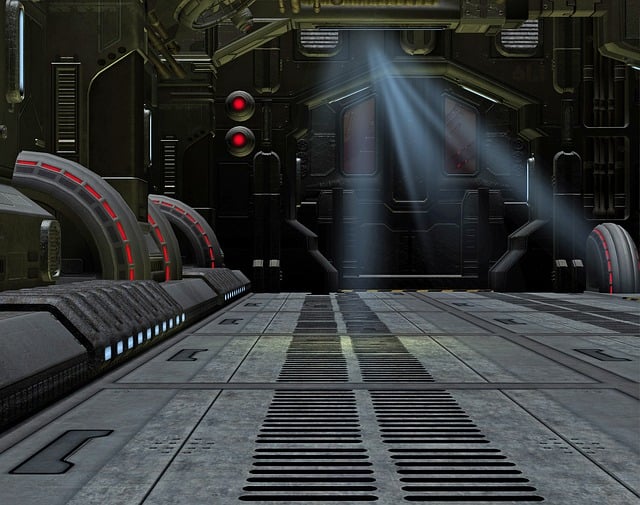Kiteboarding equipment is built tough, and is meant to last for years, but as with anything, wear and tear can add up and eventually lead to gear failure. Here a list of areas to check on your kiteboarding kite before heading out for a ride.
On the kite:
- Look over the canopy material to make sure there are no rips, pinholes, or badly worn areas. Holding the material up to the light and looking from underneath is a great way to detect pinholes and tears, worn areas will appear lighter in color or faded and scuffed up. If you find small tears or weak areas apply a patch of kite tape over the entire area on both sides of the canopy and your kite should be OK for a session. later you can have the patch sewn on or the area of the canopy replaced by a repair shop. If the tears are more than a few inches long than a repair product like kitefix is required, or the area must be patched and sewn before using the kite.
- Inspect the leading edge of the kite. Look for tears, badly scraped areas, or other weaknesses in the leading edge material which can be caused from the kite scraping on the ground or hard objects. Also inspect the seam of the leading edge for areas where the stitching is coming un-done. If you find any damage on the leading edge do not use the kite until it is repaired in a repair shop.
- Check the bridle attachment points where they connect to the leading edge. Over time, these points can begin to tear off the kite. Make sure all stitching and material is secure, if a bridle attachment point is failing then don’t use the kite until it is repaired.
- Inspect the bridle lines of the kite for wear. bridle lines are only likely to become damaged where there are pulleys or sliding rings, or where flying lines are attached, so check these areas carefully. If an area of the bridle line is worn, it can usually be replaced quickly with an extra length of line.
- Inspect the inflation valves and hoses on the kite. Make sure the valves are properly positioned, and that hoses connecting the leading edge to the struts on the kite are not cracked or worn out. Hoses are simple to replace if looking worn or damaged, simply pop the old one off and put the new one on.
- Ensure the kite is inflated to the proper pressure and not losing air before you take off.
Although kiteboarding kites are built tough and can survive hard crashes on land and water, it is a good idea to head back in after a bad crash and recheck the kite to ensure there is no damage sustained before the next time you try to boost 50 ft in the air.

